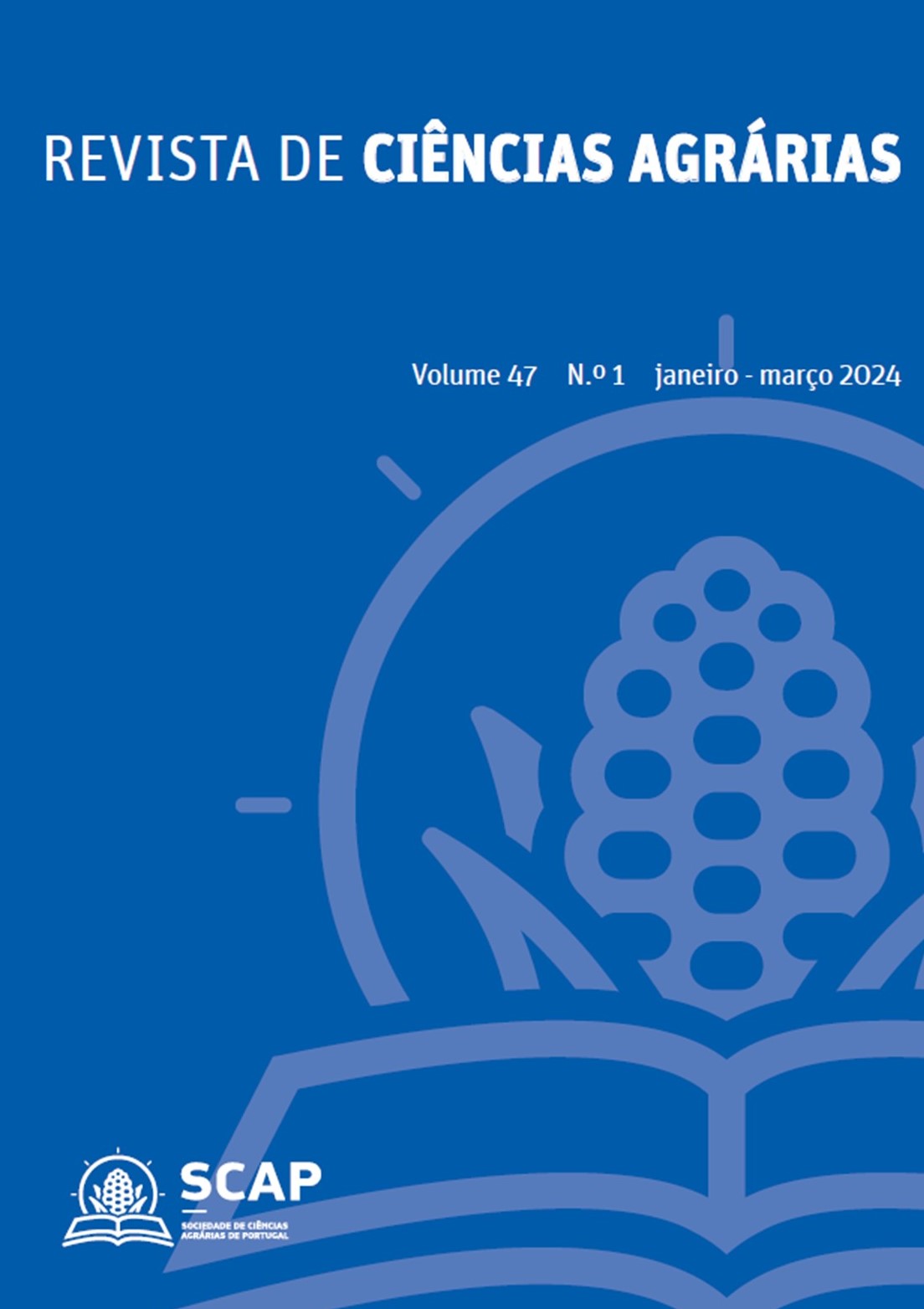Pelargonic acid, a fatty acid with bioherbicidal capacity
DOI:
https://doi.org/10.19084/rca.34969Abstract
Pelargonic acid (PA) is a saturated fatty acid that can be found in various plant organisms and has multiple uses, including herbicidal capacity. Despite being one of the first molecules of natural origin with recognised bioherbicidal activity, its mode of action on plant metabolism is not known. Therefore, the aim of this work was to study the effects of PA on the metabolism of seedlings of the model species Arabidopsis thaliana. PA reduced root length, increased the number of adventitious roots, and caused torsion in the treated seedlings. At the ultrastructural level, the compound caused alterations in microtubules and alterations in the activity of PIN proteins involved in the transport of the phytohormone auxin, suggesting that PA is causing a hormonal imbalance, which was confirmed by a bioassay with the antiauxinic PCIB. To further investigate the interaction of PA with auxins, in silico assays were performed and showed that PA is able to stably interact with the PIN1 protein, and that the PA-PIN1 interaction is energetically more stable than the PA-IAA interaction under intracellular conditions. These results suggest that PA would act as an auxin mimicking compound, causing auxin excess and triggering all the observed effects that would result in plant growth inhibition, and bioherbicide activity.


